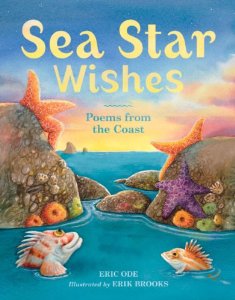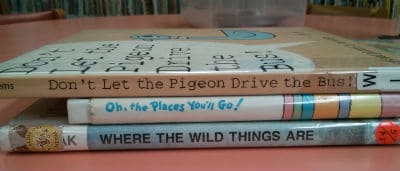Often when writing a poem, I find it’s handy to have a list of first names that rhyme with one another. Here are some common first names that rhyme that you could use in your own poems:
- Aaron / Erin / Karen / Sharon
- Adele / Belle / Darnell / Danielle / Giselle / Manuel / Marcel / Michelle / Miguel / Nell / Rachelle / Raquel
- Andy / Brandy / Mandy / Randy / Sandy
- Ann / Cheyenne / Dan / Fran / Jan / Luann / Nan / Roseann / Stan
- Anna / Brianna / Hannah / Savanna
- Annie / Danny / Fanny / Frannie / Manny
- Bailey / Haley / Kaylie
- Barry / Gary / Harry / Jerry / Keri / Larry / Mary / Perry / Sheri / Terri
- Belinda / Linda / Lucinda / Melinda
- Ben / Glenn / Gwen / Jen / Ken / Len
- Benny / Denny / Jenny / Kenny / Lenny / Penny
- Bernise / Clarice / Denise / Elise / Luis / Maurice / Reese
- Bert / Kurt
- Bill / Jill / Phil / Will
- Billy / Lily / Millie / Willy
- Bo / Flo / Joe / Moe
- Bob / Rob
- Bobby / Robbie
- Bonnie / Connie / Donny / Johnny / Lonnie / Ronnie / Tawny
- Boris / Doris / Horace / Morris
- Braden / Hayden / Jaden
- Brandon / Landon
- Bree / Dee / Lee / Marie
- Brynn / Flynn / Gwyn / Lynn / Quinn
- Brody / Cody / Dodi / Jodie
- Cam / Pam / Sam
- Chloe / Joey / Zoe
- Charlene / Christine / Colleen / Dean / Eileen / Eugene / Francine / Irene / Janine / Jean / Kathleen / Maureen / Maxine / Nadine / Pauline
- Cindy / Lindy / Mindy
- Clancy / Nancy
- Clarence / Terrence
- Clark / Mark
- Corey / Dory / Laurie / Morrie / Tori
- Daniel / Nathaniel
- Dawn / Don / Fawn / John / Lon / Ron / Sean / Vaughn
- Dick / Mick / Nick / Rick / Vic
- Dolly / Holly / Molly / Ollie / Paulie / Polly / Wally
- Drew / Lou / Hugh / Stu / Sue
- Ed / Fred / Jed / Ned / Red / Ted
- Eddie / Freddie / Teddy
- Faye / Jay / Kay / Mae / Ray / Trey
- Florence / Lawrence
- Ginnie / Minnie / Vinnie / Winnie
- Jack / Mac / Zach
- Jim / Kim / Tim
- Jimmy / Timmy
- Joan / Sloan
- Joni / Tony
- Kayla / Layla
- Kendall / Wendell
- Kiley / Miley / Riley / Wylie
- Matt / Pat
- Mickey / Nikki / Ricky
- Paul / Saul
- Thelma / Velma
Click here for other lists of rhyming words.











